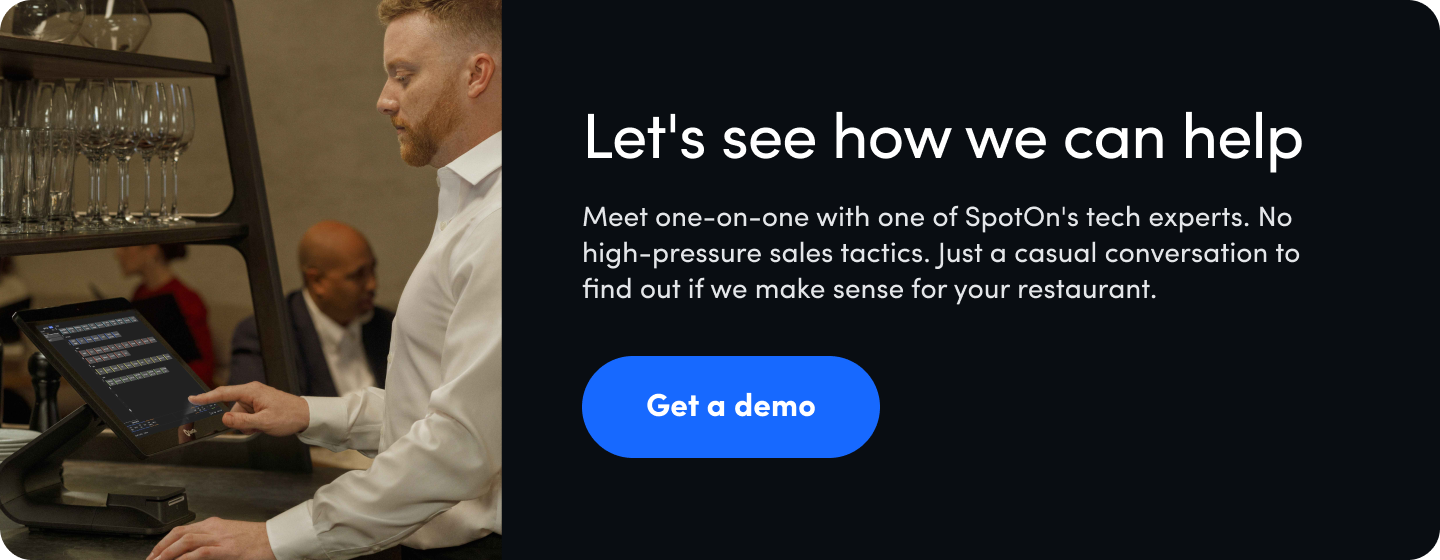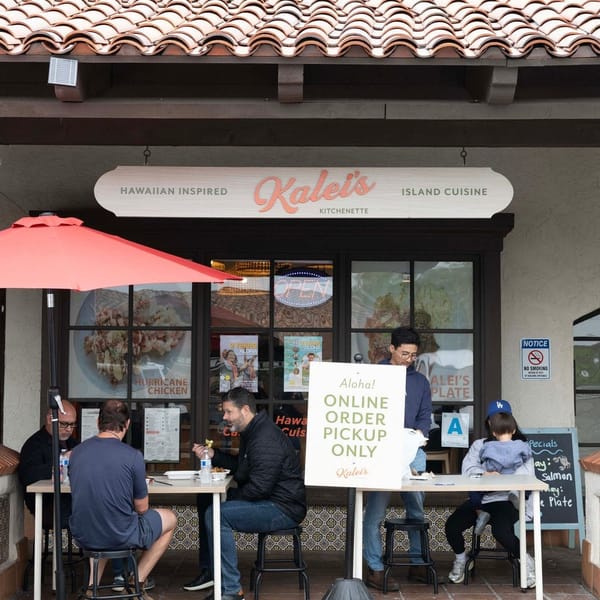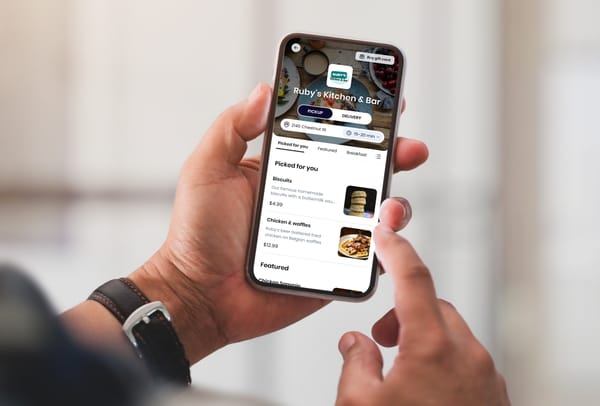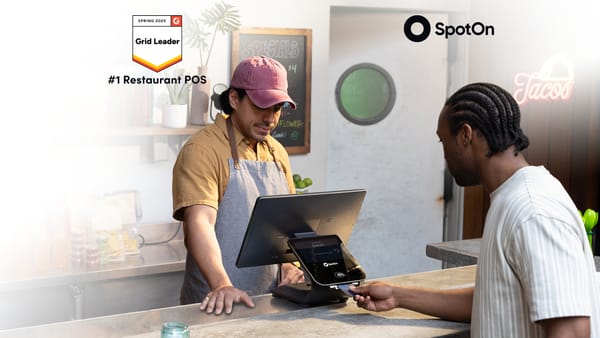Everybody knows about the traditional sit-down restaurant experience, where servers give guests paper or digital menus. There's also the quick-service restaurant model, where guests order and pay for simple dishes created right away, similar to the modern bistro. On the other side of the dining spectrum, there are restaurants with menus that offer an entire meal at a set price, also known as the prix fixe menu.
The prix fixe menu is ideal for guests seeking to indulge in a larger meal for a higher price. Even though it's easy to dismiss these menus as a novelty for fine dining restaurants, there's more to the prix fixe than meets the eye. To help restaurant owners understand how this French term from the late 1800s can transform their business in today's restaurant industry, we've defined the meaning of prix fixe menus alongside some tips and examples.
Prix fixe menu origin and meaning
Prix fixe (pronounced pree-fiks) is a French term used to describe a restaurant's multi-course menu at a fixed price. For example, a restaurant may offer a spinach quiche appetizer, a marinated skirt steak, and a chocolate truffle for one price.
The first prix fixe menu is often attributed to Auguste Escoffier, a French chef who revolutionized French restaurants in the late 1800s. While serving as director of cuisine at the Grand Hotel in Monte Carlo, he developed the prix fixe menu alongside the 'a la carte menu' to create an elevated dining experience. To match that refinement by Escoffier, most fine-dining establishments offering a prix fixe menu have higher prices, with relatively few adjustments to the food itself.
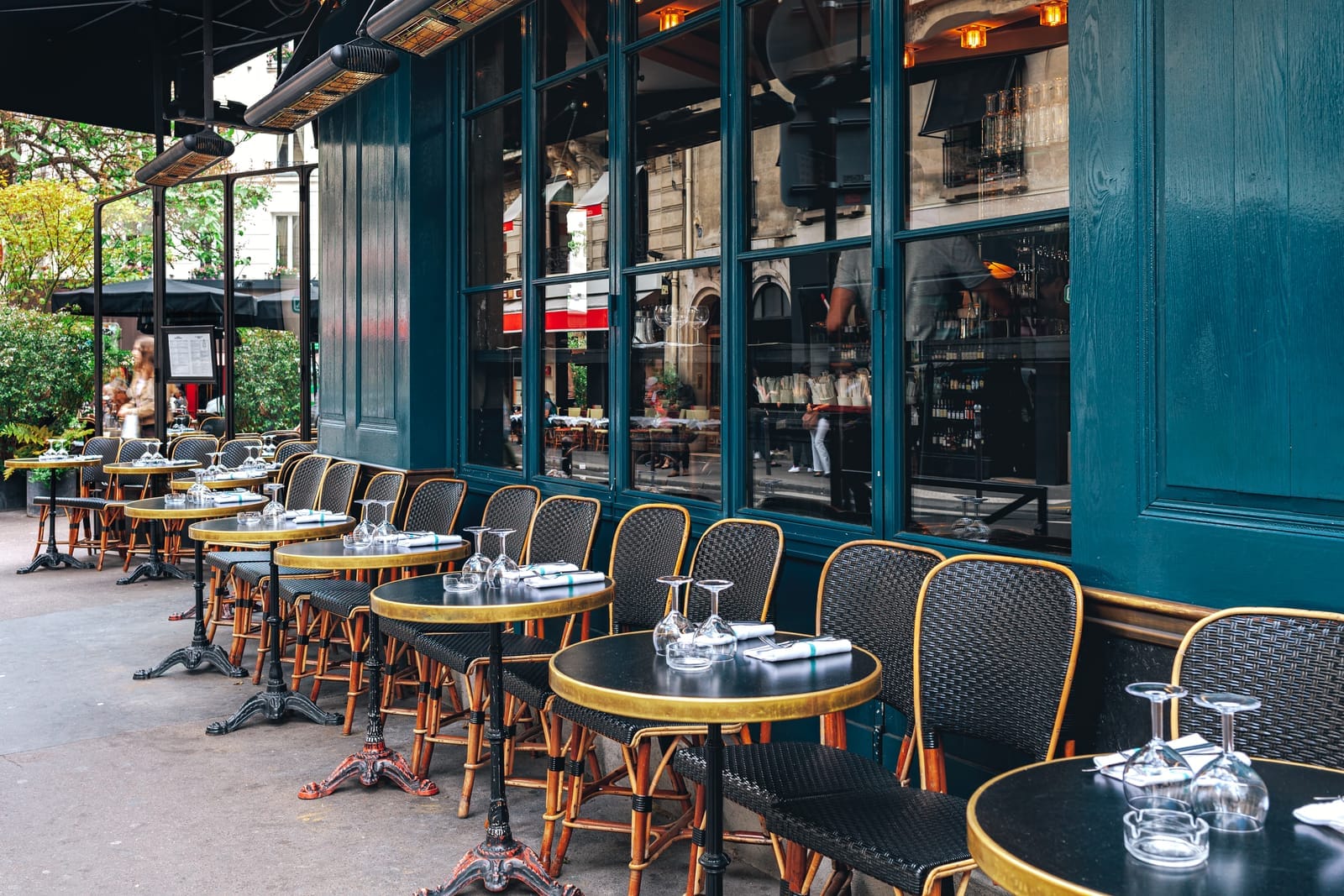
Benefits of a prix fixe menu in a restaurant
Even if a prix fixe menu might not seem like the perfect fit for your restaurant, there are several advantages that restaurant owners should know if they want to have a little fun and experiment with a set-price menu.
When implementing a prix fixe menu, restaurant staff often are more relaxed when serving guests who would otherwise order a variety of food items from an a la carte menu. Since the diner's meal is limited to the few prix fixe options listed on the menu, orders are straightforward and require little modification. Servers can then send that order to the kitchen through the restaurant's kitchen display system.
Prix fixe menus are a great tool for increasing average guest spend, all while improving COGS. It takes creativity, marketing, and loyal guests, AND more work, but the results were worth it. — Scott Youkilis, SpotOn Restaurateur-in-Residence
While changes to the menu might seem like a risk, implementing a prix fixe menu could help improve the overall dining experience. Contrary to the ala carte menu, the prix fixe menu allows guests to experience multiple courses without making menu choices.
Yelp reviewers, in particular, rave about menu changes since it gives them a reason to share their opinions and write authentic reviews. As a bonus, restaurants can easily fill seats by offering a fixed-price menu to larger parties who don't want to complicate the ordering process with an a la carte menu.
Disadvantages of prix fixe menus
While fixed-price menus might seem like an excellent choice for some restaurants, the disadvantages might deter others from trying them out. First, guests unaware of the set menu prices might feel cheated if they accidentally order from the prix fixe menu. Nobody wants to feel a panic attack when seeing the bill.
Also, since fixed-price menus offer an entire meal at a set price, varying ingredient prices mean some dish combinations cost more than others. And since many diners won't realize how much it costs to make a profitable prix fixe menu, it can be difficult to justify those costs. When creating your prix fixe menu, consider using our menu engineering worksheet to ensure you make a profit.
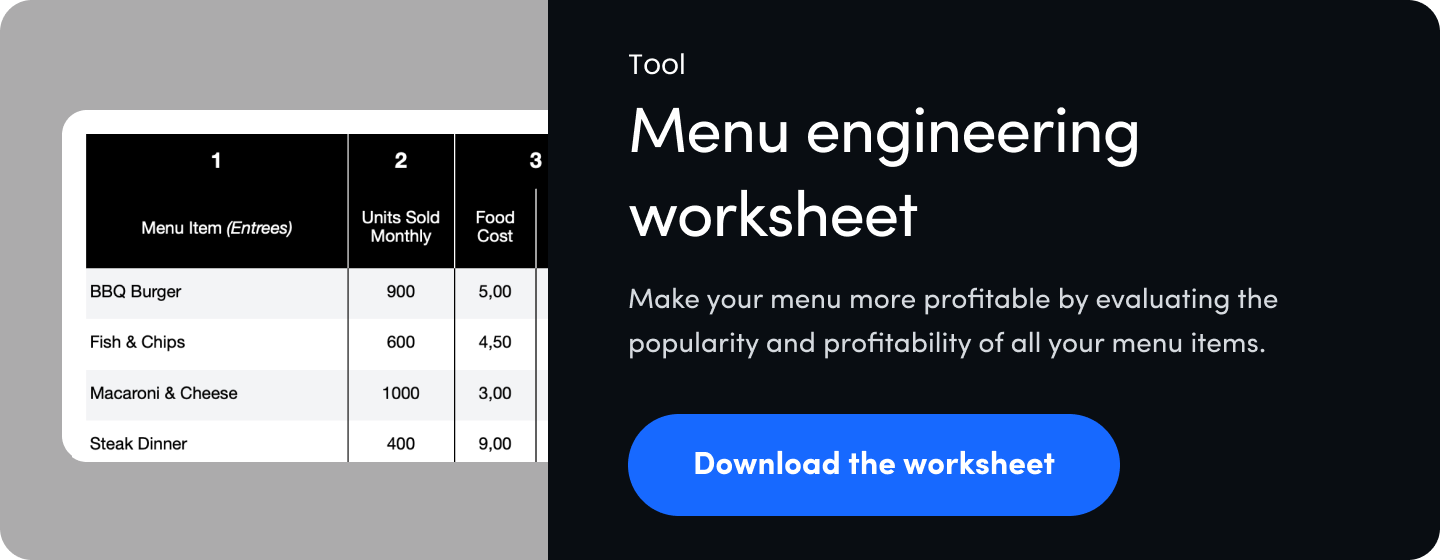
How to create a prix fixe menu
Prix fixe menus don't just appear out of thin air. They require planning, patience, and a strong awareness of your restaurant's operations and overall guest clientele. While it might seem daunting initially, restaurants and guests alike want that fantastic dining experience that a prix fixe menu can offer.
1. Examine your sales and inventory reports
As mentioned above, a prix fixe menu can help save a restaurant a considerable amount of money by utilizing similar seasonal ingredients. However, to ensure your restaurant has the financial flexibility to offer a prix fixe menu, review your restaurant's sales and inventory reports.
These reports, alongside a fresh restaurant P&L statement, allow restaurants to plan and build their menu dishes with awareness. Most point-of-sale systems allow restaurants to create instant sales reports at any moment for menu planning.
2. Choose a theme & select courses
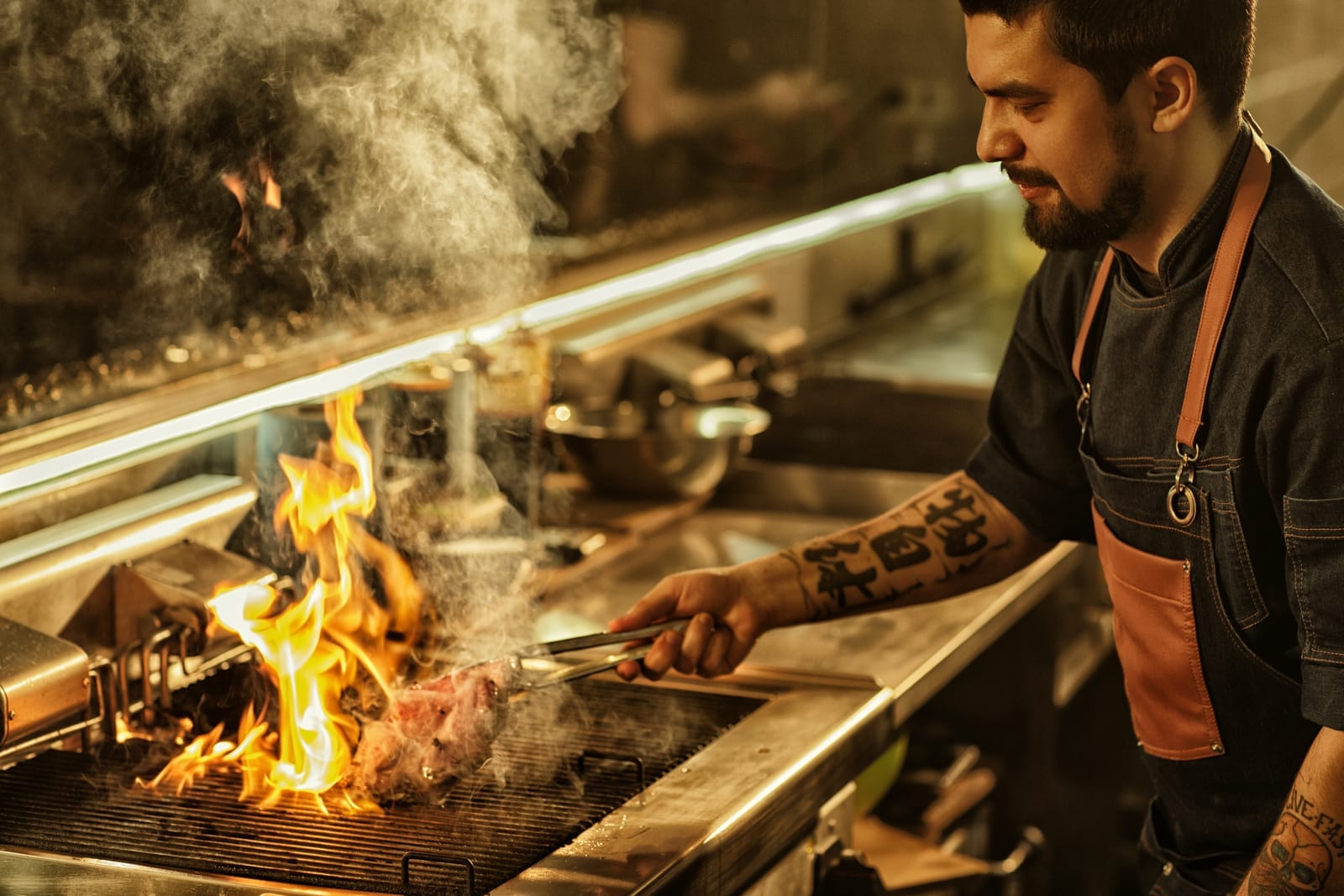
Once you've got your budget down for a prix fixe menu, now comes the fun part. The theme and feel of your prix fixe menu should be an extension of your brand.
Imagine if you handed your prix fixe menu to a stranger who knew nothing about your restaurant. What could they learn by just looking at the menu? If a prix fixe menu restaurant offers a plate of nigiri alongside other types of fresh fish, it would be safe to assume they offer sushi as their primary type of food.
3. Set a prix fixe menu price range
Most prix fixe menus offer a price range to guests looking for a multi-course meal. Of course, these prices are determined by the quality of ingredients of each prix fixe meal.
A restaurant should offer at least three dishes in a single prix fixe menu course. Those choices simplify the ordering process for guests so they're not stuck with a rigid menu. Providing three choices is also an excellent opportunity to mix your best sellers with dishes that aren't typically ordered.
Prix fixe menu tips
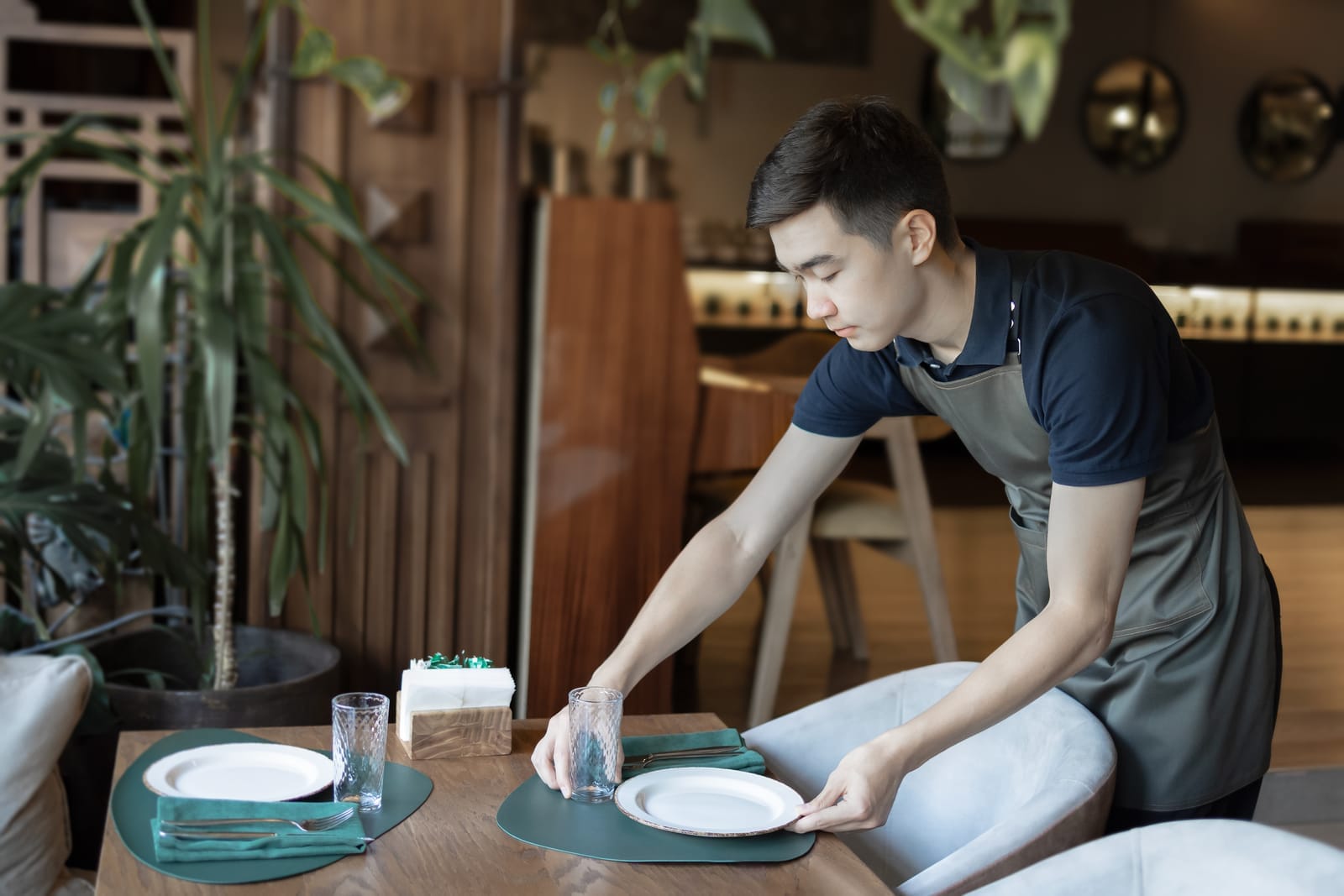
Prix fixe menus are more than just a full-course dinner. Consider these tips to ensure your guests are happy with your offerings.
1. Be aware of dietary restrictions
Since the dishes on prix fixe menus are predetermined, it's easy to overlook guests' dietary restrictions. Offering alternatives for guests with food allergies or restrictions can help. You could prepare food without certain ingredients or provide a separate prix fixe menu for vegetarians or pescatarians. Whichever option you choose, clearly spell out the main ingredients of every dish so there's no confusion.
2. Use seasonal flavors
Along with the classics, consider adding options with seasonal ingredients. They encourage guests to try your prix fixe menu with familiar flavors beyond the regular menu. And when you go local, fresh ingredient costs are reduced, allowing you to see more profit.
3. Offer special prix fixe promotions

While prix fixe menus are popular over holidays like New Year's Eve, they're also often used during restaurant week. As an operator, you can use your POS system's marketing software to showcase your prix fixe menu to as many guests as possible. An email database is also handy for advertising your fixed-price menu for other special occasions, like Mother's Day or Thanksgiving.
Prix fixe menu examples
Let's dive into some prix fixe menus created by award-winning restaurants. Both Aquavit and Table Culture Provisions utilize a prix fixe tasting menu to showcase their dishes without lowering the quality of their ingredients.
Aquavit
Aquavit is a Michelin-winning restaurant in New York City that emphasizes style and taste in Nordic cuisine. For their prix fixe tasting menu, Aquavit opted for a minimalist design to match their overall brand and food philosophy for simple yet pleasurable meals.
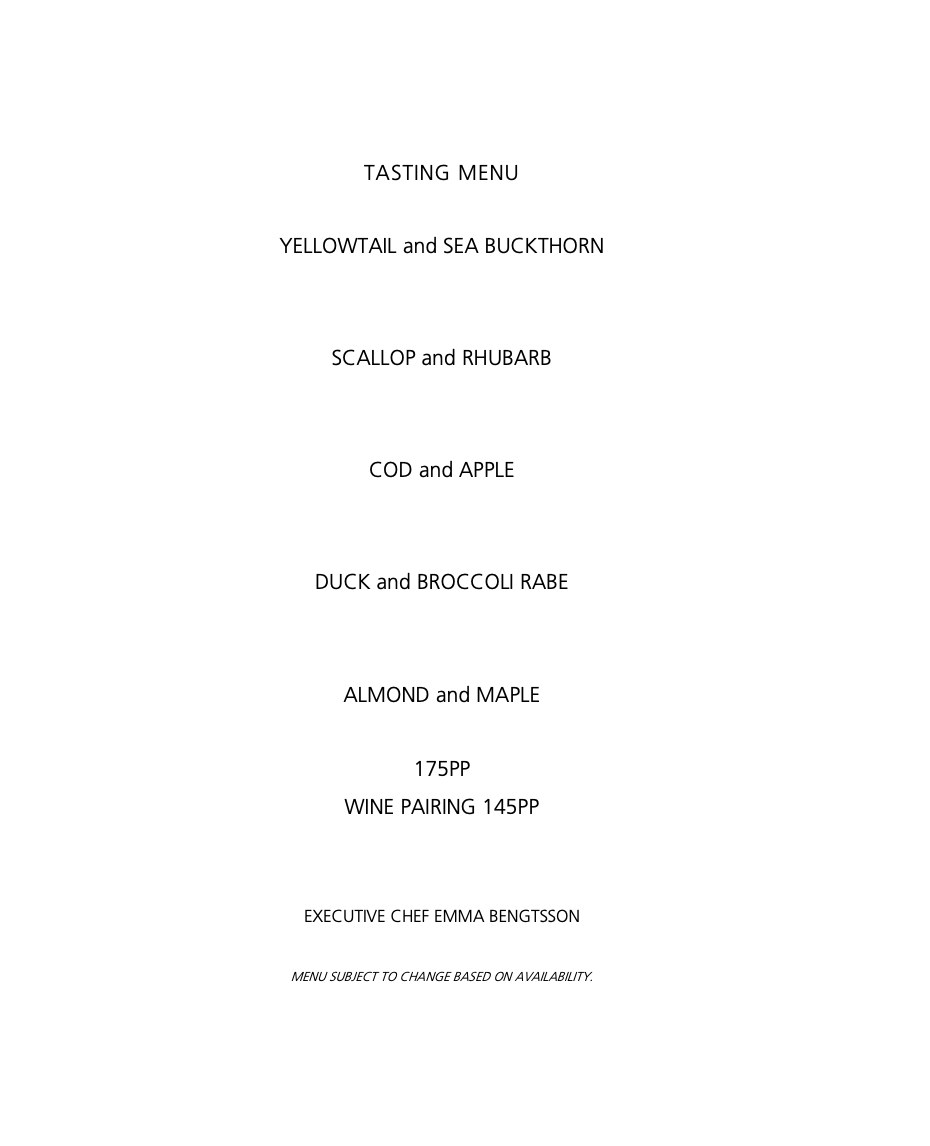
Table Culture Provisions
Table Culture Provisions is a Northern California restaurant that uses locally sourced ingredients to perfect its prix fixe tasting menu. Much like Aquavit's own menu, Table Culture Provisions also lists several options for their prix fixe menu meals so guests can have more flexibility with their food.
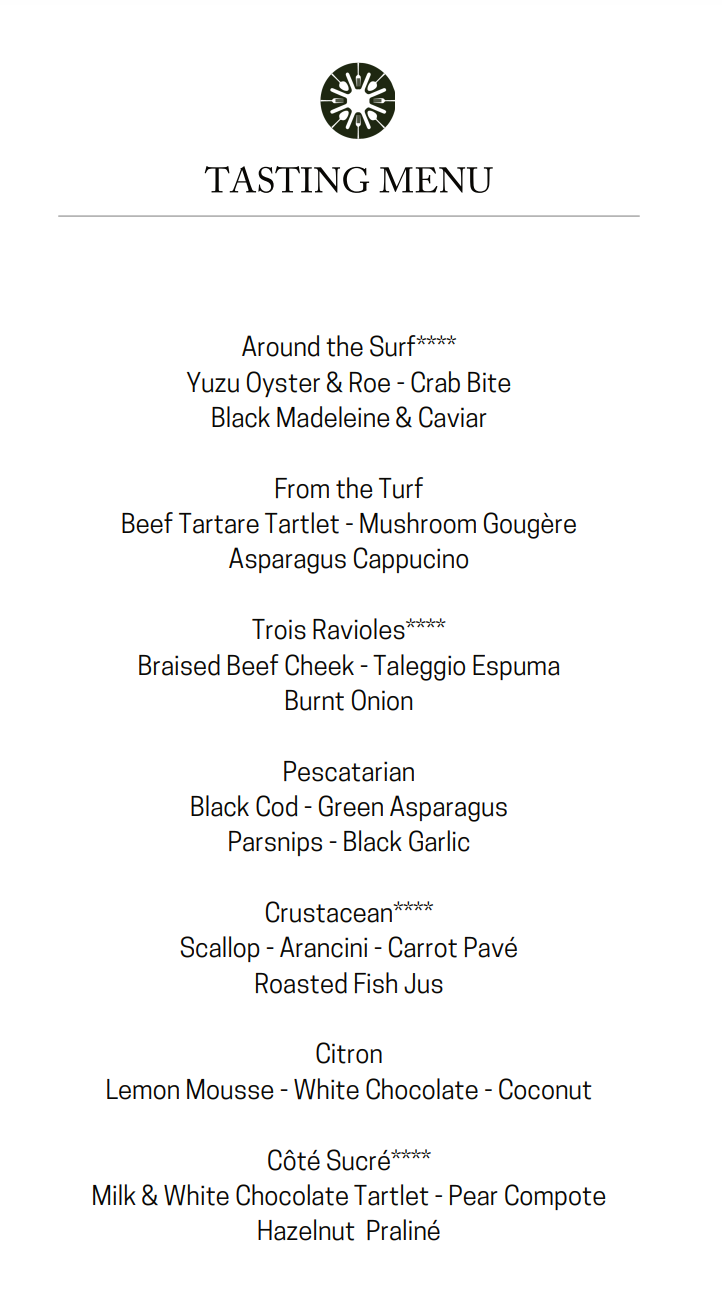
Table Culture Provisions didn't have a prix fixe menu at first. They exclusively offered an a la carte menu. However, after reviewing the labor and sales reports from their fine-dining POS system, the restaurant owners saw the benefit of creating a separate prix fixe menu for slower days to help boost sales.
What's the difference between prix fixe and table d'hote?
A table d'hote is a fixed menu with some flexibility in pricing options for specific entrées. For example, a guest might have the choice of pasta bolognese for $35 or a beef Wellington for $45.
On the other hand, a prix fixe menu offers a full-course meal without flexible pricing. In the scenario above, the complete meal with appetizer, main entrée, and dessert would just have a fixed price of $45. While prix fixe and table d'hote are sometimes used to describe the same type of fixed-price menu, some restaurants distinguish between the two.
Is prix fixe the same as a tasting menu?
Some restaurants, such as Aquavit or Table Culture Provisions, use "prix fixe" and "tasting menu" to refer to a fixed-price menu. However, other restaurants don't treat them the same. Make sure your guests know which is which.
For those restaurants, prix fixe menus offer guests several meal options for each course at a fixed price. A guest can choose a grilled salmon or garlic steak for their main course. Some tasting menus offer a choice between different menu options. Guests can only order a specific full-course meal from the menu itself.

Should a restaurant always offer a prix fixe menu?
No, a restaurant should consider its budget and the overall dining experience before implementing a prix fixe menu. Since a successful prix fixe menu relies on meeting certain customer expectations towards service and quality food, many restaurants opt for seasonal menus or a prix fixe dinner on the weekends. These limited prix fixe menus with fewer dishes also help restaurants eliminate food waste.
Is a prix fixe menu only for fine dining restaurants?
Even though prix fixe menus are typically found in fine dining restaurants, other restaurants can implement multiple courses at a fixed price for special occasions. A cafe can offer a prix fixe brunch special for Easter, and a gastropub can offer prix fixe lunches when hosting a sports game.
However, a restaurant needs more than great food to implement a successful prix fixe menu. You want guests to enjoy their three-course meal and feel it was worth the price. A robust restaurant point-of-sale system from SpotOn will help manage guest expectations and keep operations moving as smoothly as possible.
